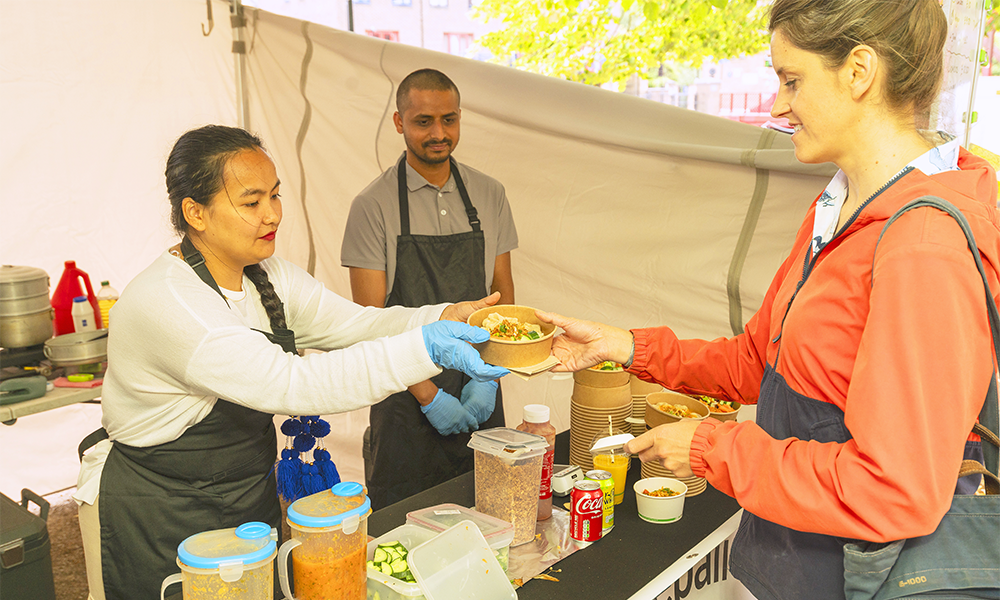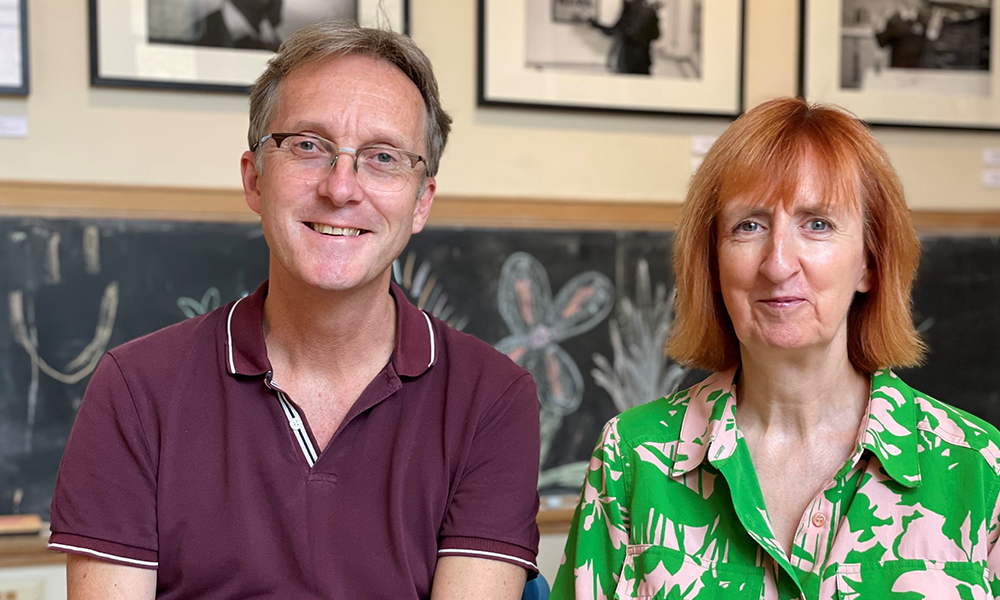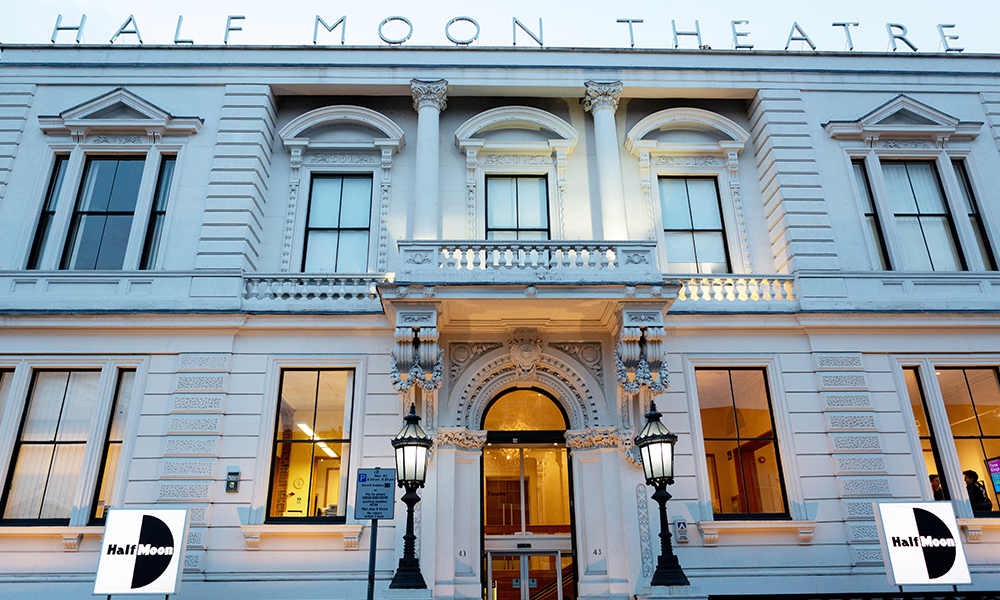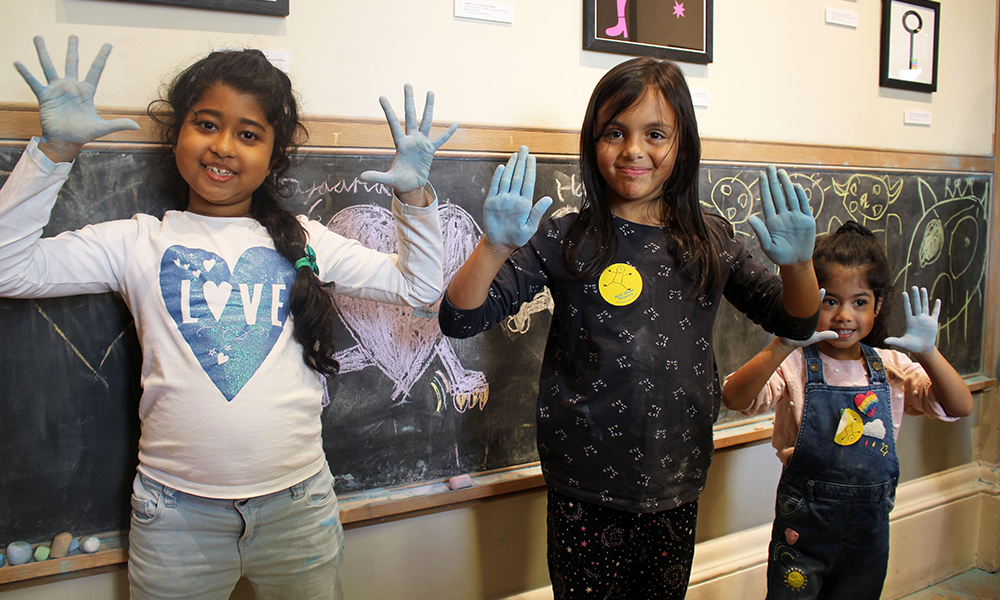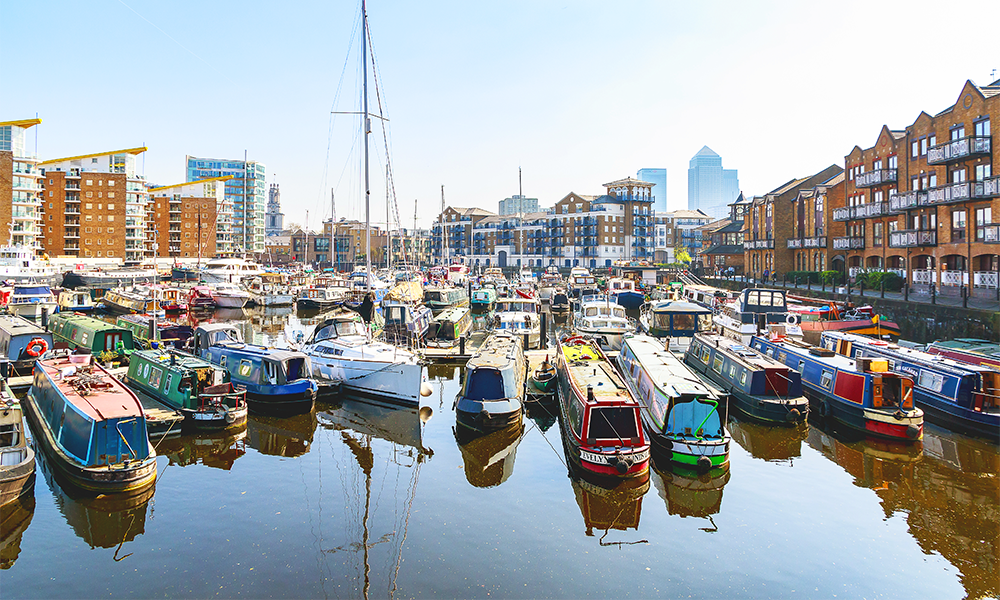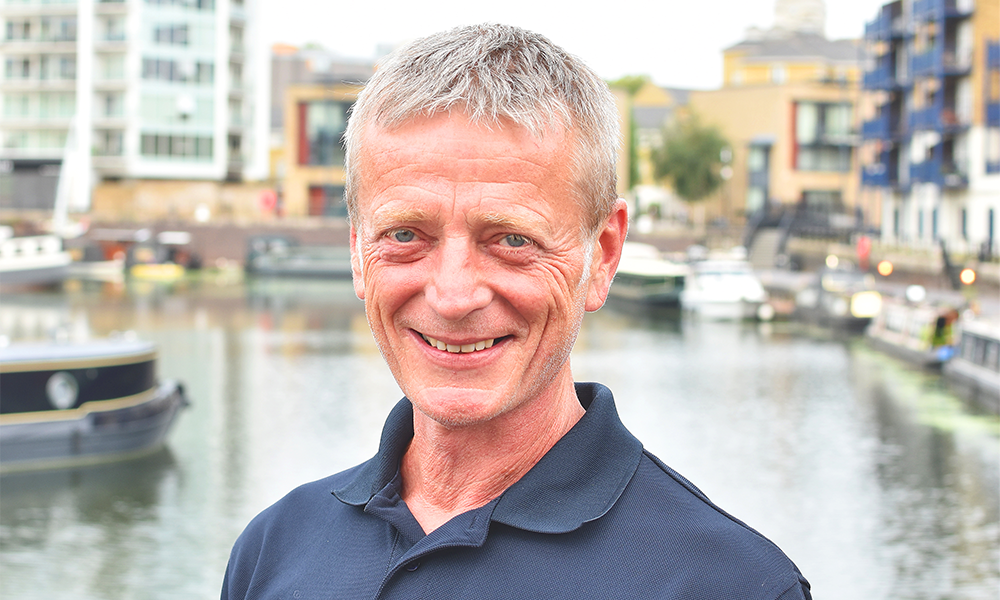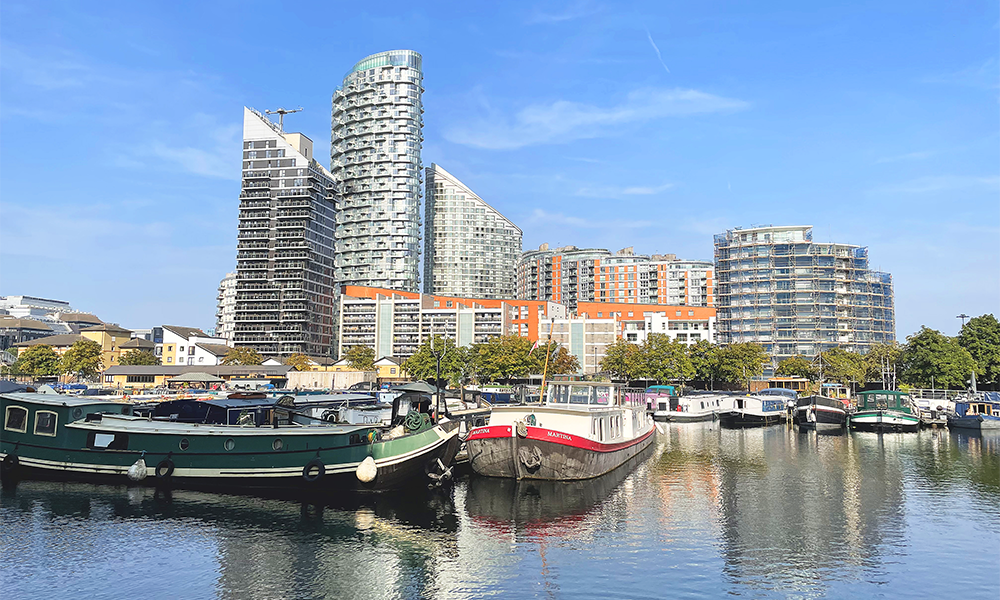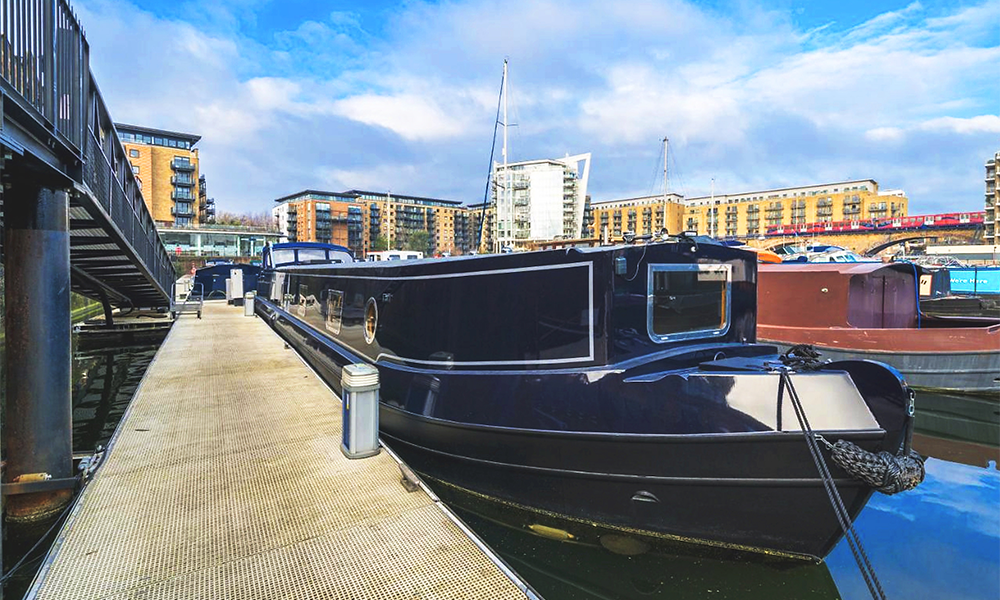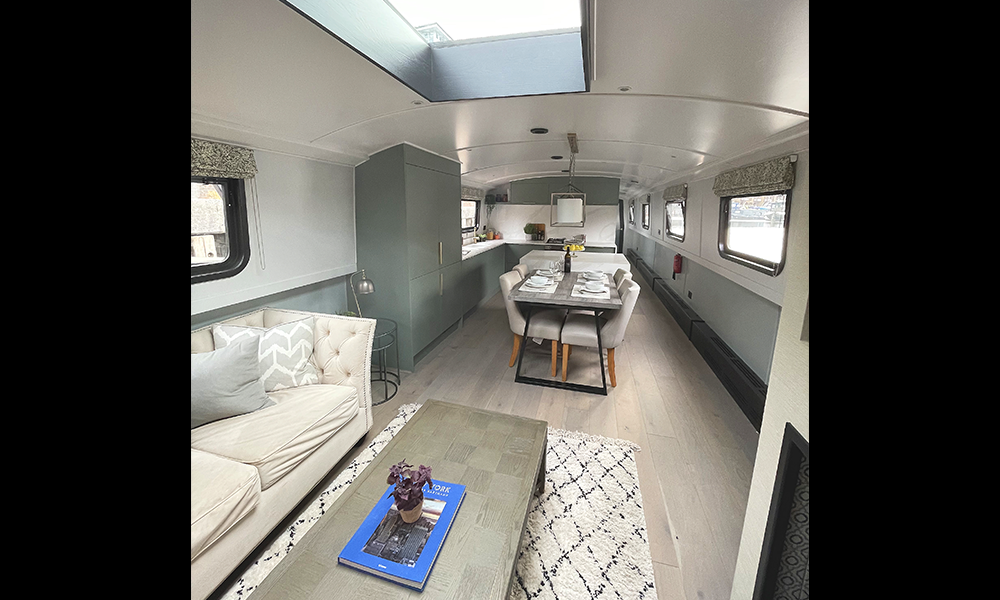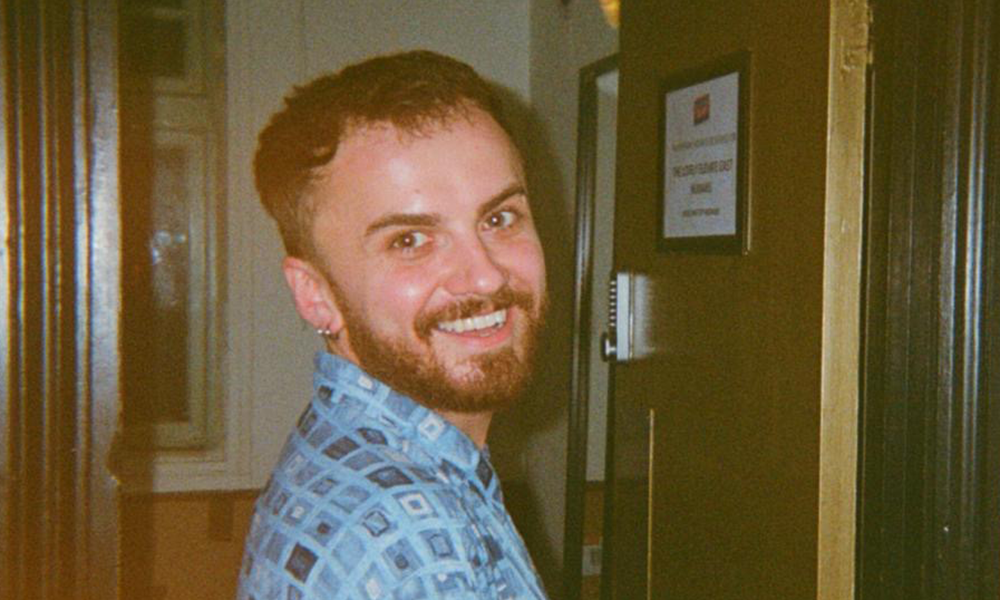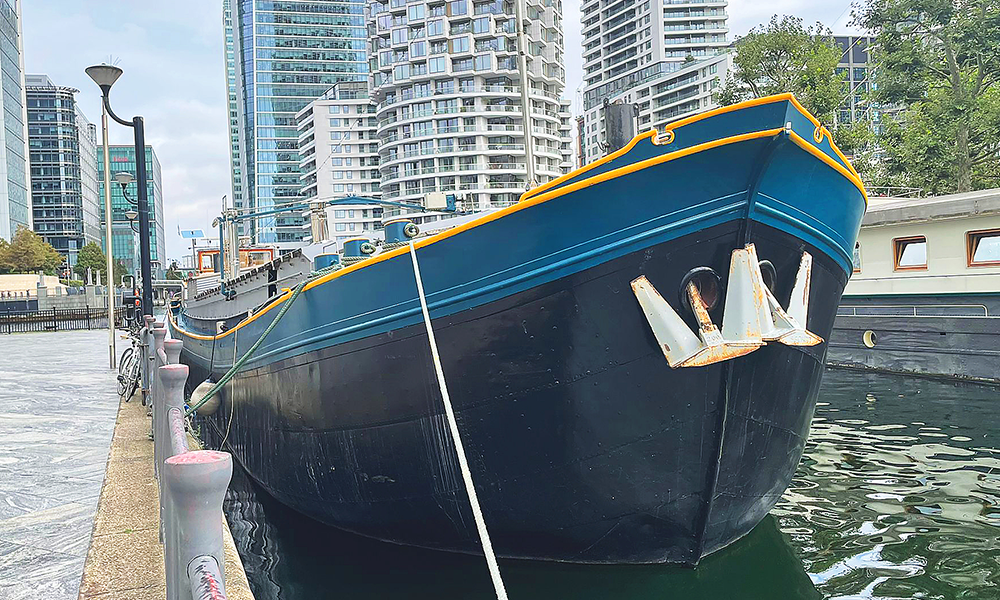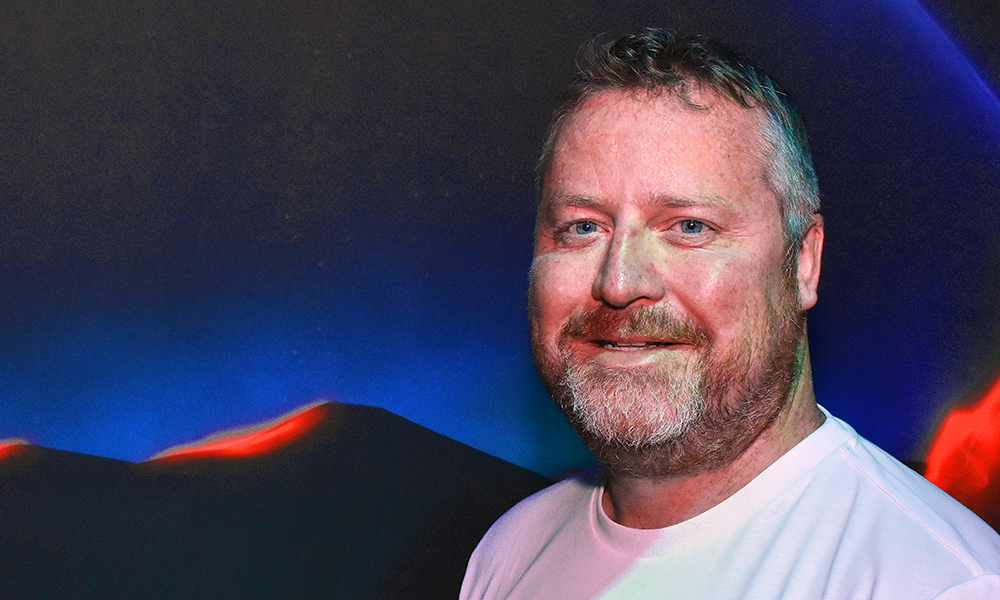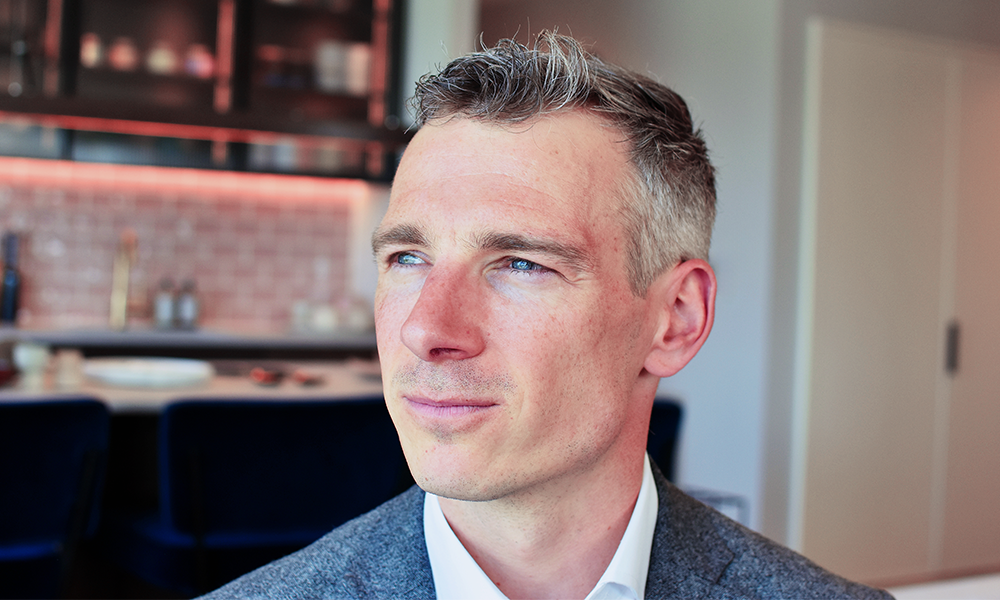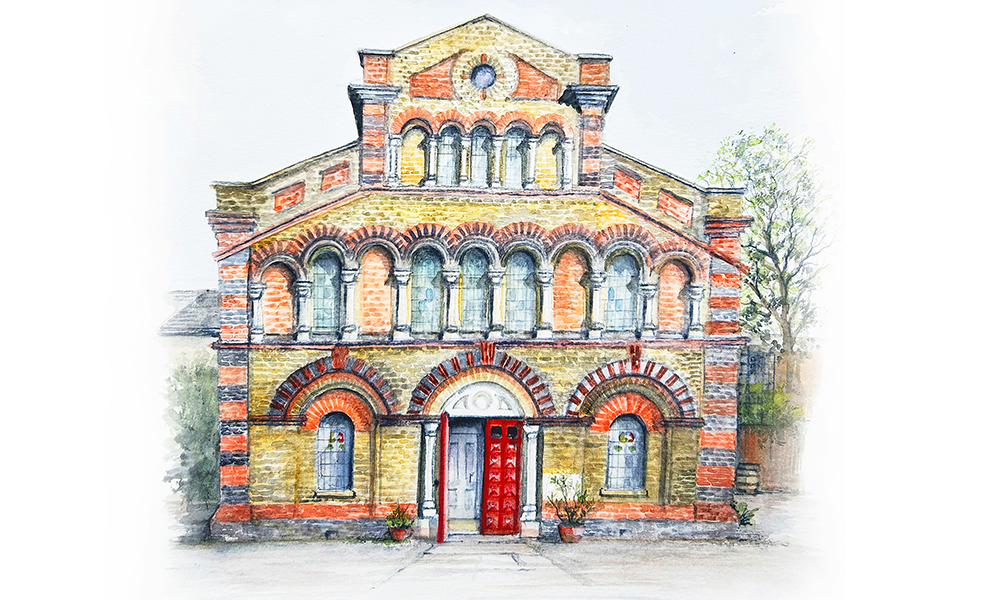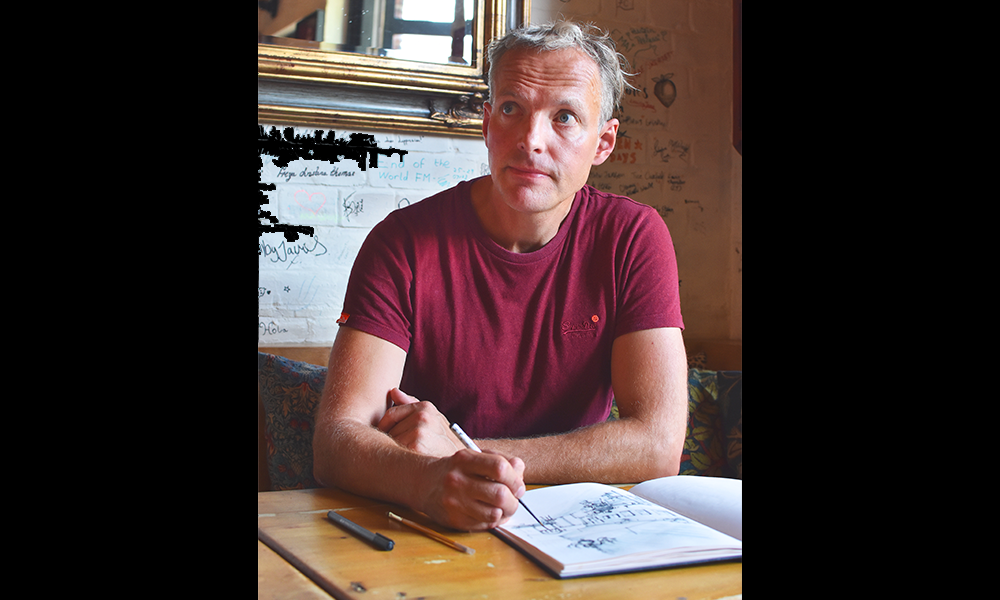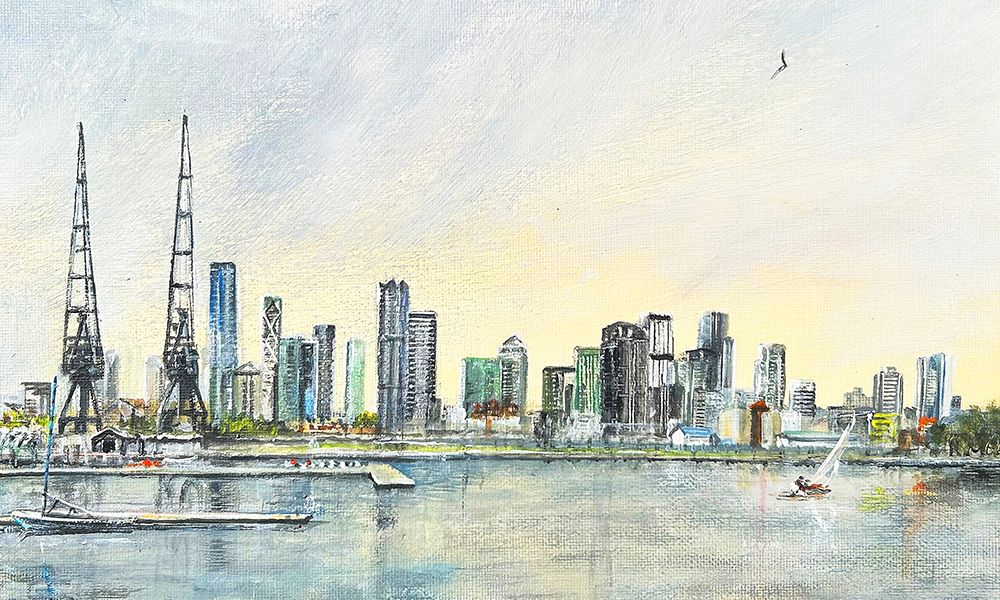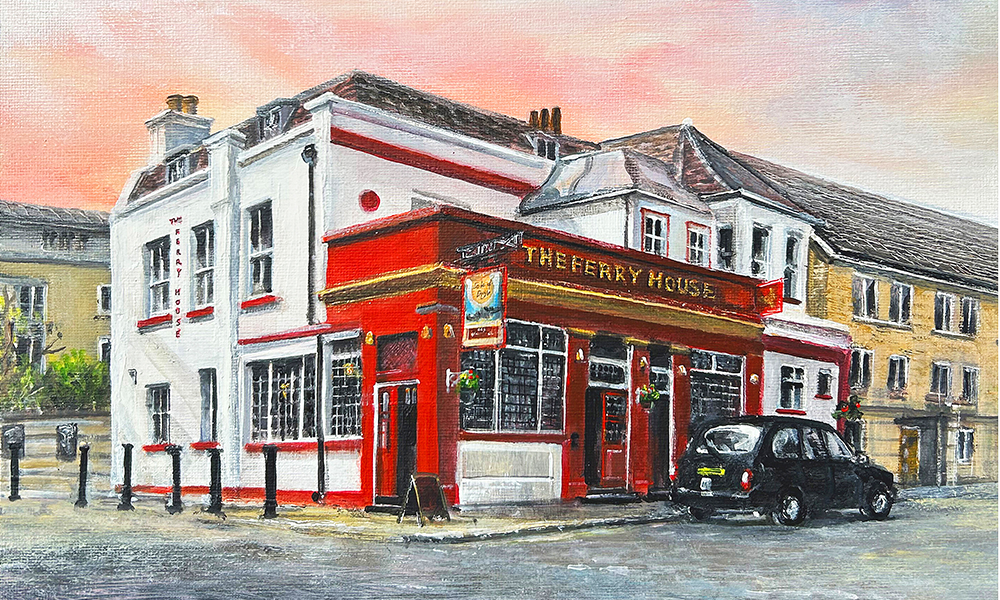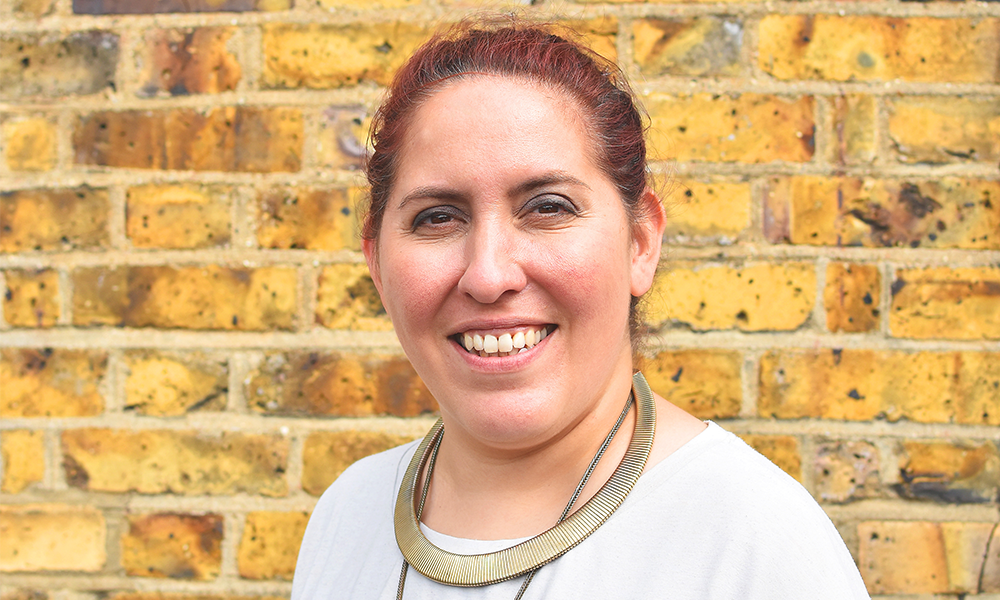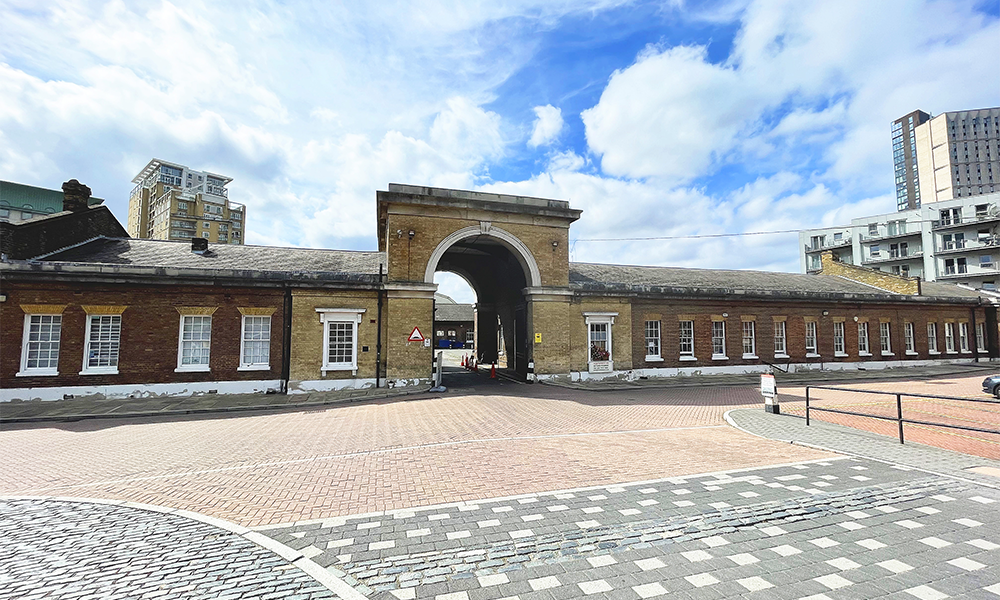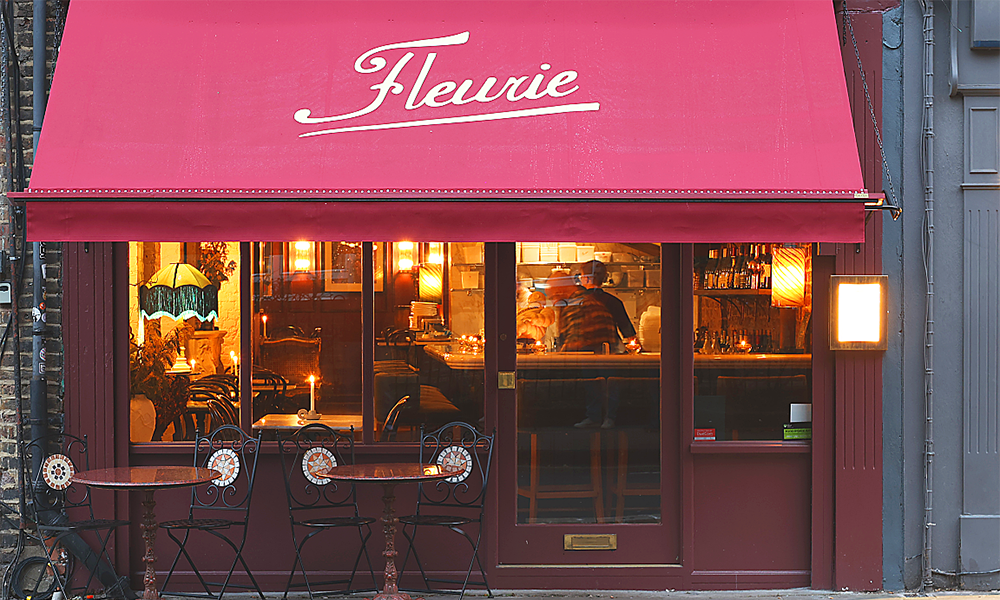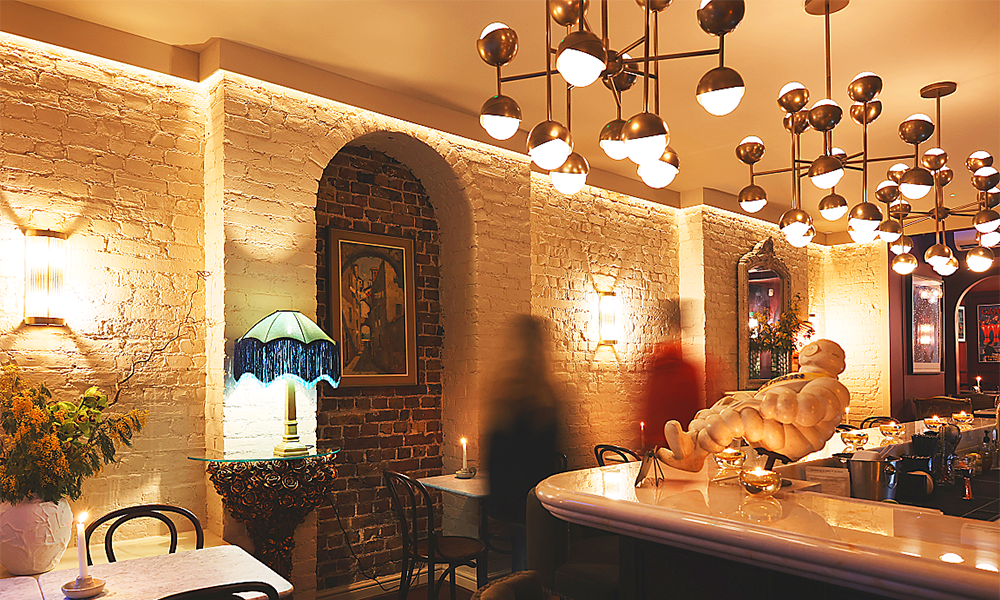Trinity Buoy Wharf-based river bus service is also selling New Year’s Eve fireworks sailings
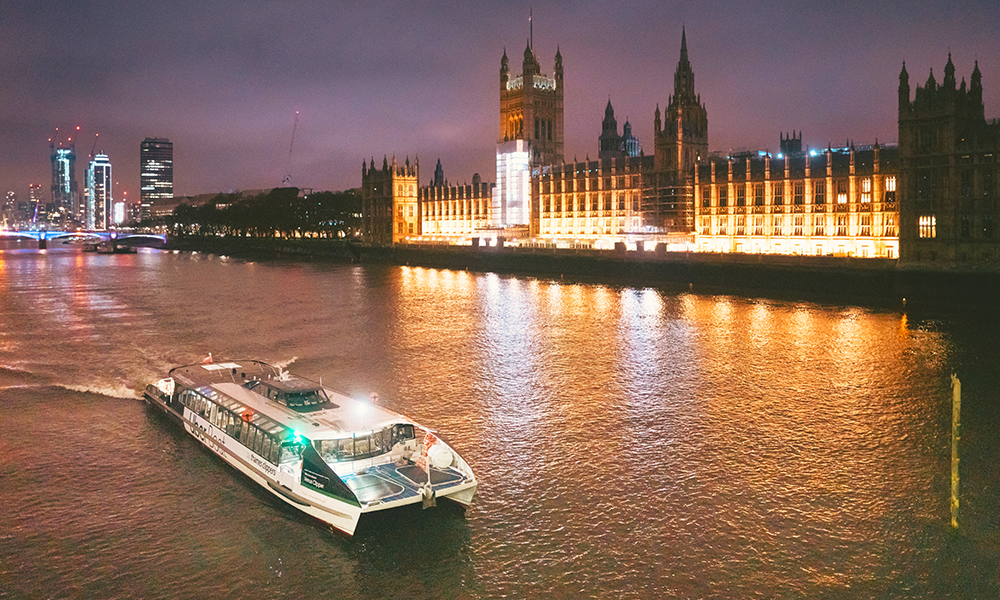
Subscribe to our free Wharf Whispers newsletter here
When is a river bus not a river bus?
Perhaps when it’s hosting stand-up gigs, or maybe when it’s a live music venue.
Or how about when it’s offering cruises for New Year’s Eve?
There’s nothing new about Uber Boat By Thames Clippers’ vessels being used for diverse purposes.
The rapid craft have long been hired out to clients who typically use them to transport people to or from events.
The Trinity Buoy Wharf-based business also offers Illuminated River Official Boat Tours so people can experience the capital’s bridges and buildings lit up from the water.
But 2024 brings something new.
“Our normal river bus service is our core business – and always will be – but we’ve also been looking at the evening time to see how we can engage with some of our customers,” said Adrian White, head of marketing and communications for the Clippers.
“So we’ve set up a series of comedy and music nights. Audiences will arrive at our recently opened Clipper Lounge at Embankment Pier.
“They’ll be able to get a drink there and board their boat.
“From there, they’ll sail up and down the river – London is really beautiful at night – enjoy the performances and then return to Embankment.
“If people have never used one of our services before, hopefully this will be a great introduction to find a different way of travelling in the capital, either for a commute or as a tourist.”

comedy aboard Uber Boat By Thames Clippers
While this is something new for the Clippers, demand has already seen two comedy nights become three after the first date on October 4 sold out.
That show will feature the talents of Ben Norris, Sarah Kendall and Tim FitzHigham, who once raised more than £10,000 for Comic Relief by sailing a paper boat 160 miles down the Thames.
“With that history, we thought he would be absolutely perfect and clearly we’ve seen there’s a demand for this kind of event,” said Adrian.
“Tickets are already going fast for the second show and we’ve only just made the third date live.
“We’ll also look at doing more of these events in future, especially during the darker months of the year.
“We’ll showcase the best that London has to offer in terms of lights and sights, while people listen to comics that will put a smile on their faces.”
Doors for the comedy shows open at 6pm with sailing at 6.30pm-8.30pm. Tickets cost £20 per person and are available for events on November 8 and December 5.
The former will feature Mike Gunn, Jimmy McGhie and Michael Legge, while the latter stars Keith Farnan, Jenny Collier and Funmbi Omotayo.

mystery performances by Sofar Sounds
Uber Boat By Thames Clippers has also teamed up with Sofar Sounds for a pair of live music dates in the autumn.
Typically those attending the brand’s gigs don’t know the location of the concert, but in this instance ticket holders will know where they’re going.
They won’t, however, know who they’ll be listening to until they arrive.
“London is probably the music capital of the world – everyone comes and plays here,” said Adrian.
“Sofar Sounds is the perfect partner.
“We provide an interesting venue and they have a customer base that are intrigued by the proposition.
“Again, if they prove popular, we’ll put more on.”
Like the comedy nights, audiences will embark at Embankment Pier with boarding at 7.15pm for sailing at 7.30pm.
Tickets for the two scheduled events on October 31 and November 14, cost £41 per person.
The identity of performers will remain secret until the gig, but there will be three acts to watch.

a new spot on the river
The opening of Clipper Lounge brings a number of benefits to the business.
Open on Embankment Pier to all-comers whether using the boats or not, its current hours of operation are 11am-9pm Monday-Wednesday and until 11pm Thursday-Saturday.
It serves light bites alongside a drinks menu that ranges from Dom Perignon to bottled beers and boasts views of central London from its position on the Thames.
“It means we have use of the pier, so if a client is hiring one of our boats privately, they can use the Clipper Lounge as a place to meet before they get on board,” said Alison Murphy, head of sales at the Clippers.
“It also means organisations have much longer to get their group together in comfort before they get on board and people can hire the venue itself for an evening too.
“As a company, we’ve always operated elements in addition to our river bus services.
“But these latest additions take that and move it to more of a public offering – using our vessels in a different way.”

sailing into the New Year
In a similar vein, Uber Boat By Thames Clippers has just unveiled its offering for New Year’s Eve, where guests can join sailings to watch the fireworks.
“People will board one of four vessels, enjoy a welcome drink, snacks and music from Sofar Sounds,” said Alison.
“After a cruise, the vessels will moor up to give those on board an unrivalled view of the fireworks.
“At midnight there will be Champagne and then the boats will return to the piers they left from.”
Cruises leave from Putney, Battersea Power Station and Canary Wharf at 10pm.
For those further to the east or south-east, there will be a sailing from Gravesend at 9pm stopping at Barking Riverside and North Greenwich as it makes its way into central London.
Tickets for all options cost £180 per person.
key details: Uber Boat By Thames Clippers
There are tickets still available for comedy nights on board Uber Boat By Thames Clippers on November 8 and December 5.
They cost £20. Sofar Sounds gigs take place on October 31 and November 14. They cost £41.
Sailings for New Year’s Eve take place from Gravesend (stopping at Barking Riverside and North Greenwich), Putney, Battersea Power Station and Canary Wharf.
Tickets cost £180.
Find out more about special sailings here
Read more: How Boat Sales By Aquavista offers residential moorings in east London
Read Wharf Life’s e-edition here
Subscribe to our free Wharf Whispers newsletter here
- Jon Massey is co-founder and editorial director of Wharf Life and writes about a wide range of subjects in Canary Wharf, Docklands and east London - contact via jon.massey@wharf-life.com






